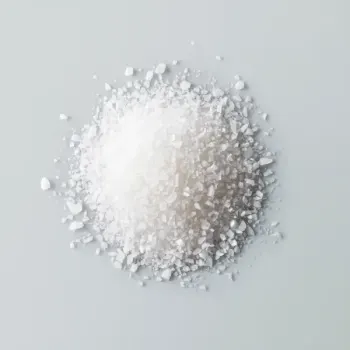


Fine Grain
Small, delicate crystals that dissolve quickly, ideal for blending into sauces, dressings, or as a finishing salt.
Coarse Grain
Larger, chunky crystals suitable for use in grinders or as a crunchy topping on dishes.
Flower of Salt (Fleur de Sel)
Hand-harvested young crystals that form on the surface of salt ponds, known for a delicate flavor and texture.




Fine Grain: Selina Naturally Celtic Sea Salt
Coarse Grain: Light Grey Celtic by Selina Naturally
Flower of Salt: Le Saunier de Camargue Fleur de Sel

Curing: Its mineral content and moisture make Celtic Sea Salt a good choice for curing meats. The salt draws out moisture and enhances flavor, while the minerals can contribute to the curing process.
Brining: Use Celtic Sea Salt in brining solutions to infuse meats with moisture and flavor before cooking. The salt's minerals can add a unique taste to the brined food.
Finishing: Celtic Sea Salt shines as a finishing salt. Sprinkle it over dishes just before serving to add texture and a burst of flavor. Its moisture and mineral complexity make it ideal for finishing grilled meats, vegetables, and even some desserts like caramel or chocolate.



